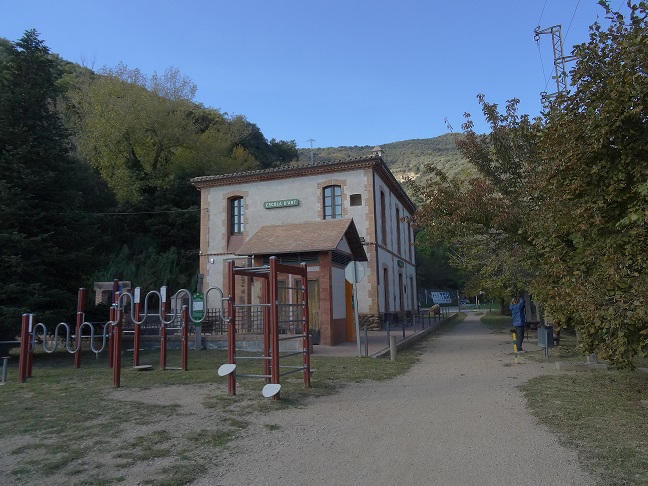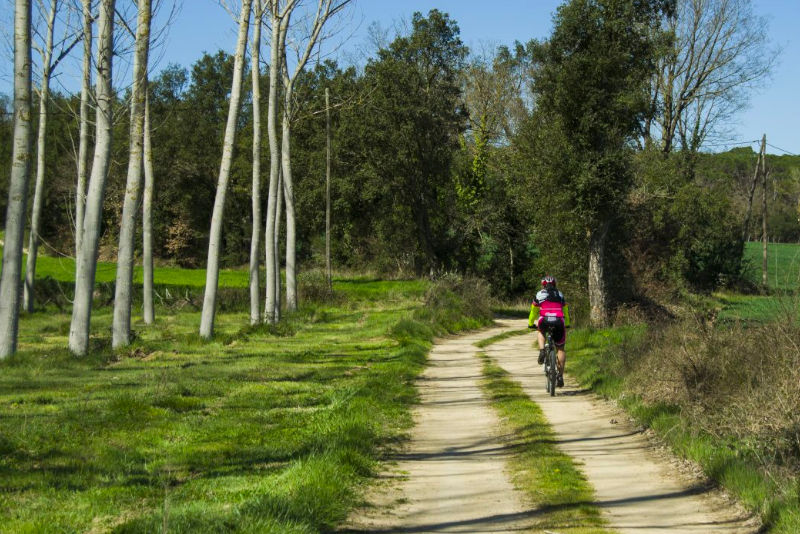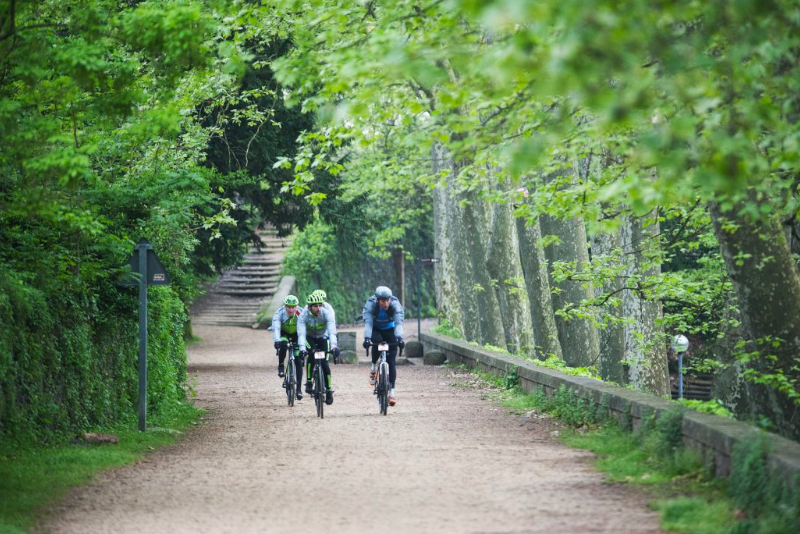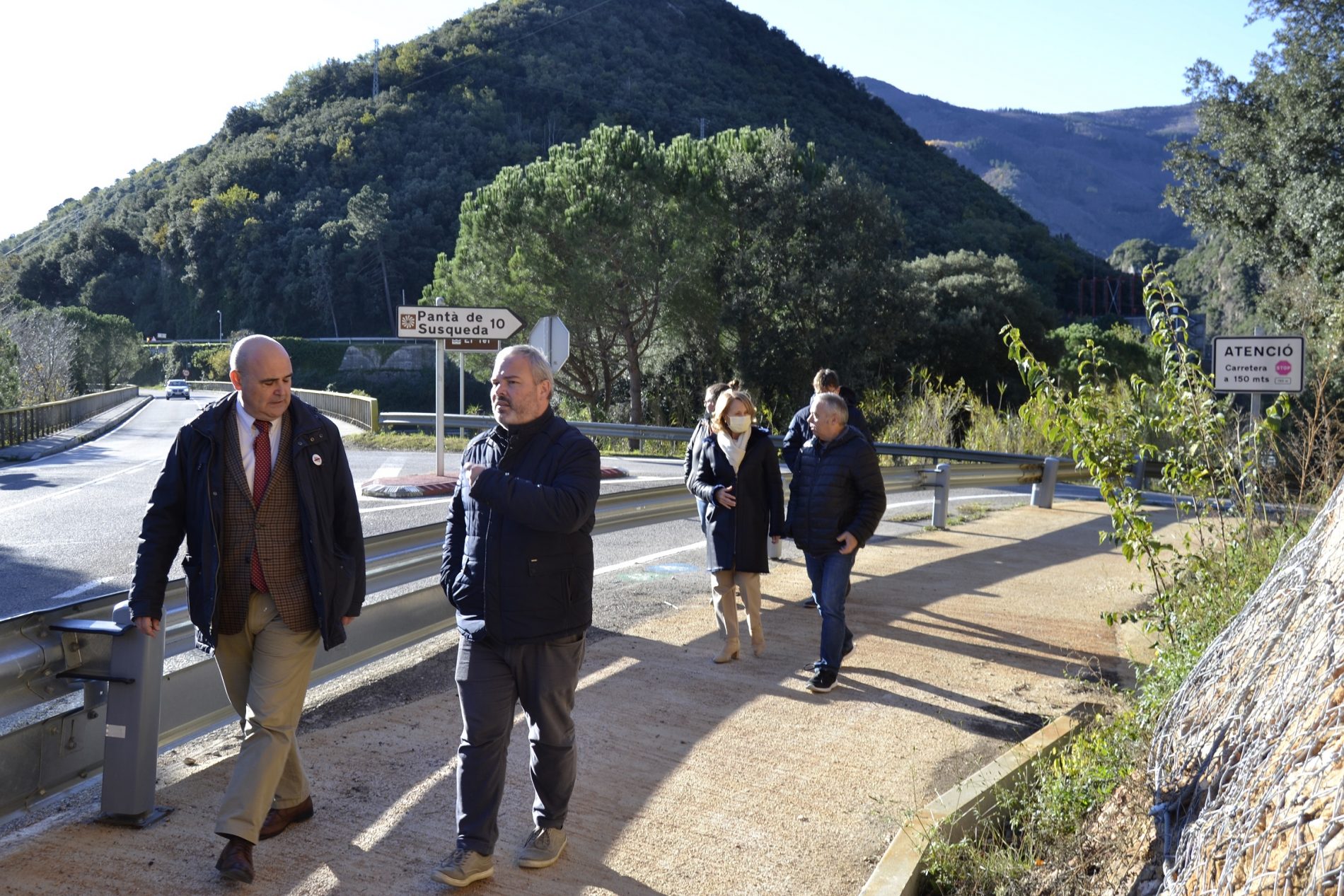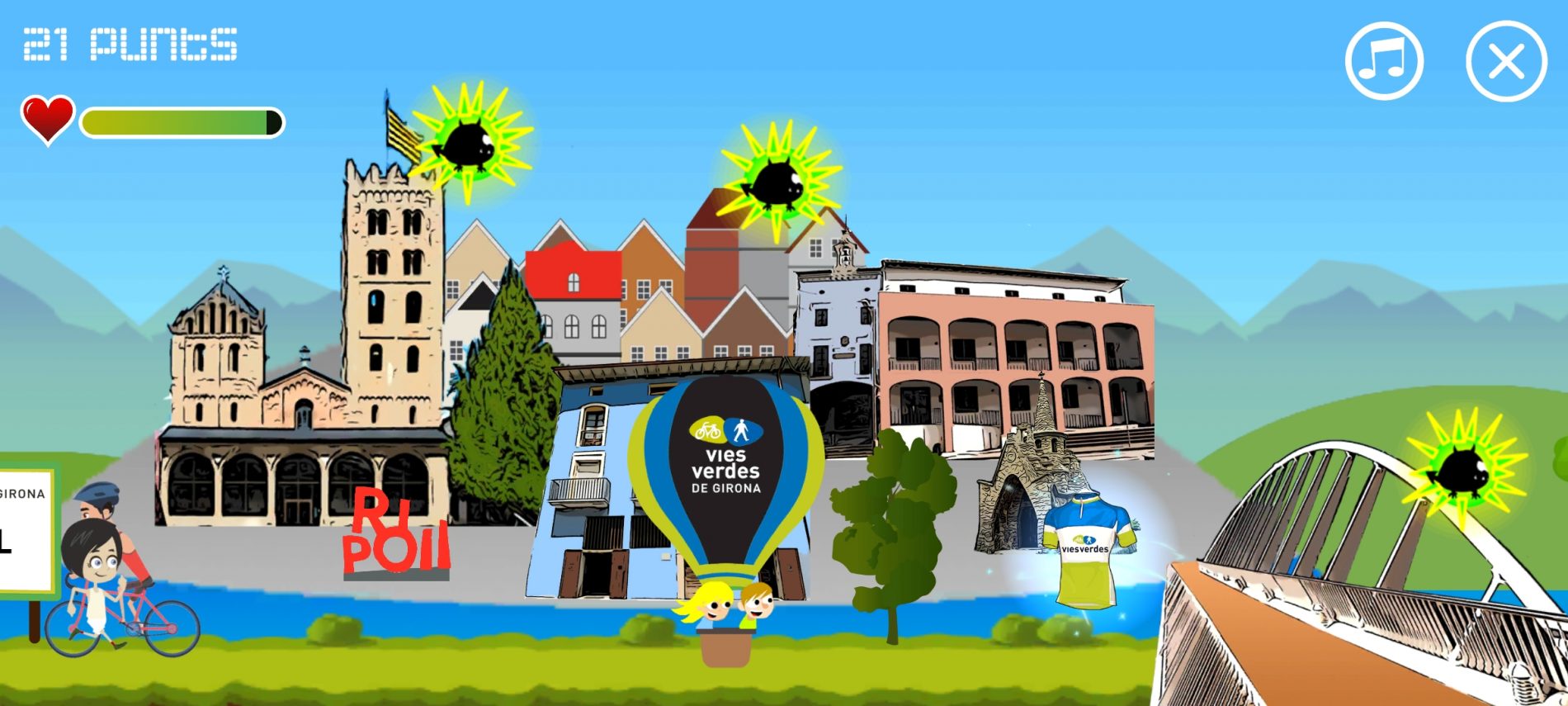What to visit
La Cellera de Ter
Carrilet I Route
Carrilet I greenway
1. CONSTRUCTION OF THE BURÉS CANAL WITH BATALLIONS OF WORKERS (1939)
In 1939, once the Civil War had ended, many people were classified as disaffected from the regime in Catalonia, as well as in other parts of the State. These were political activists, ex-fighters for the Republic, or people who had simply taken a stand against Franco’s military uprising. In the first instance, these people were imprisoned in concentration camps. However, the numbers grew to such an extent that they ended up collapsing the penitentiary system. In order to reduce the number of prisoners, the new regime exploited a decree from 1937 to drive forward a Reduction of penalties through work, creating batallions of forced workers who were initially put to work on public sites until later being offered to private companies at a low cost. The Burés d’Anglès textile industry was the second company in the Girona area to use this service in order to build a canal to pipe water from Pasteral to Anglès, as well as a hydroelectric plant; both of which were lost during the floods of 1940. Over a hundred people were shut up in the warehouse of Can Quelic del Pasteral for months on end, being forced to carry out these considerable engineering tasks in a manual and extremely rudimentary way, using little more than shovels and spades.
2. RIBES DEL TER ROUTES
- Pasteral school of art: Former station of the Olot-Girona Railway Route built in 1895 and in use up until 1969. The arrival of the train, alongside the inauguration of the Pasteral Reservoir, turned this site into the country’s spearhead of modernisation at the end of the 19th century. The building is currently used as a school of art.
- Ribes del Ter: An ideal spot if you’re looking to enjoy nature in peaceful surroundings, for lovers of river landscapes, or for simply observing the fauna. It is currently an important site for the no kill fishing of trout, and is well-known across Europe.
- Sant Just i Pastor: Small Roman hermitage with a very simple rural style of construction, probably from the 17th century, with a single rectangular nave, irregular apse and seated outdoor belfry, situated at the edge of the woodlands of Can Lloret. Different gatherings are held to celebrate the autumn, the immaculate conception, spring, and Easter Monday.
- Greenway – bike lane: Quiet lane surrounded by fields of crops stretching across the old Olot-Girona train route through the Pla del Pasteral, with its magnificent views of Puig d’Afrou, Plantadís, Coll de Gria, the Canet mountain and Puig d’Estela.
3. LES PEDRERES ROUTE
The route of Les Pedreres is a stretch that takes us along the western side of the Puigdefrou mountain and the Pla de la Cellera de Ter. It crosses small farmlands, some of which still preserve vertical walls principally made of marble or granite, although it can be difficult to appreciate the quarry due to the dense vegetation. On the other hand, the route offers extraordinary contrasts of landscape, taking in both the Plana del Ter and the Guilleries Massif.
With a starting/finishing point in the Ruira park, this is a circular route of around 8km with slopes reaching 340m. A small stretch of the route crosses the town of Cellera, allowing us to discover some of the different elements of its architectural heritage.
